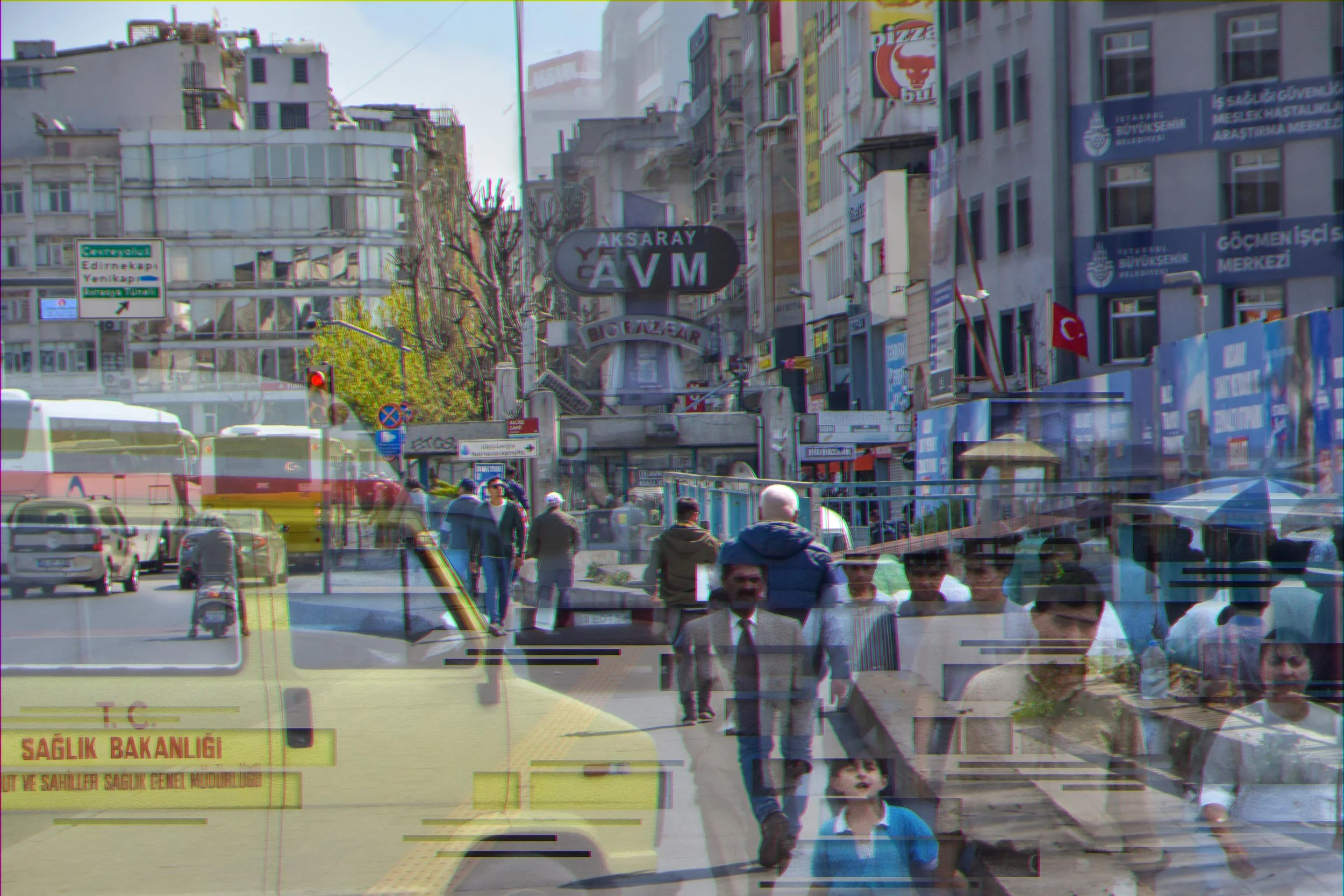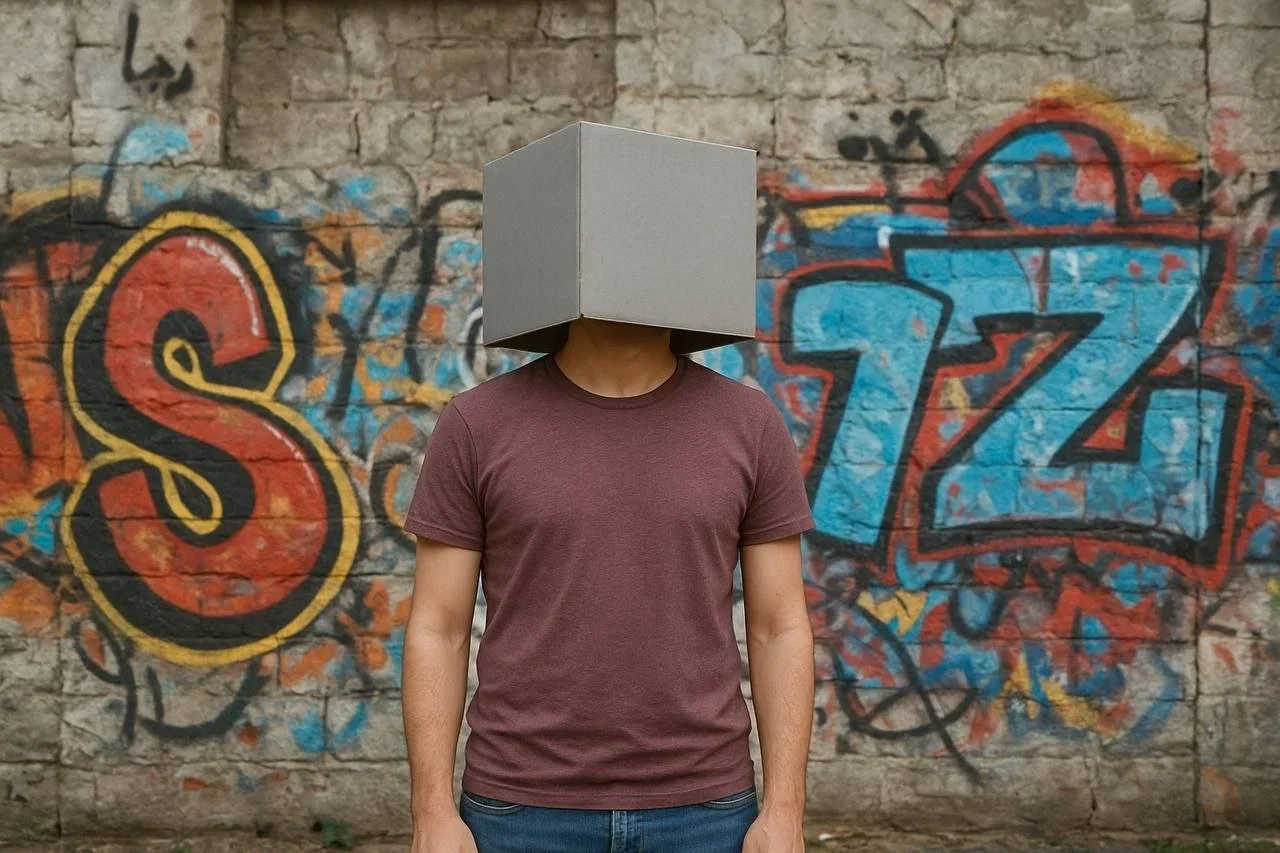10 Questions with Laura Romero
Laura Romero (Madrid, Spain, 1976) holds a bachelor's degree in Fine Arts from the Complutense University of Madrid with a specialty in Design. She completed her studies at the Open University of Catalonia in Digital Art and Culture Innovation and various subsequent courses: University of the Arts London Central Saint Martins and the International Center for photography and EFTI cinema in Madrid.
She has exhibited her work in solo and group exhibitions in Spain, as well as Mexico, Brazil, Canada, the UK, and has participated in awards and residencies internationally.
Laura Romero Portrait
ARTIST STATEMENT
A multidisciplinary artist, Laura Romero has lived in Mexico for six years, developing her latest photographic projects. With a very intimate work, through her own experiences, she reflects the most personal side of everyday life, provoking a second glance and subjecting it to intense reflection.
She began working with the city as a self-portrait after moving to México. From urban environments to more rural ones, she began to search for herself there, looking both to the unknown and what was in front of her. During these last years, through art, she has been questioning the territory she lives in, building a new identity, her own identity.
INTERVIEW
First of all, introduce yourself to our readers. What is your background, and why did you decide to be an artist in the first place?
I started learning drawing and oil painting at the age of 11, and I haven't put them aside ever since. I studied Fine Arts, it has always been what I wanted to dedicate myself to. I also combine it with design, which is something that I am also passionate about.
What is your aim as an artist?
I consider my work to be quite intimate. Under the scope of my own experiences, I elaborate a story about everyday life. I expose situations we all face day to day. My intention is to provoke the audience into taking a second, closer, look; it is an invitation to reflect on everything that goes by in our journey unnoticed.
Confinement Diaries 6, Digital collage, photography, 28x23, 2020 © Laura Romero
Confinement Diaries 4, Digital collage, photography, 28x23, 2020 © Laura Romero
A few years ago, you moved to Mexico, and this seems to have hugely influenced your work. Can you tell us more about it?
I began to work with the city as a self-portrait since I arrived in Querétaro (México) six years ago, from an urban environment to a more rural one, and I began to search for myself here, with a view to the unknown and the new, to find myself in what was in front. So these last years, through art, I have been questioning the territory I live in, building a new identity, my identity.
Let’s talk about your latest series, “Confinement Diaries.” What are the main ideas behind this series, and what messages were you trying to convey?
The Confinement Diaries arises from these grey days in March 2020 with the arrival of the pandemic. I live in Mexico, but all my family and many friends live in Spain, specifically in Madrid. Since March, they have been locked up, and every day at 8 pm, they went out in the afternoon to applaud the medical staff at their windows. In those moments, the balconies came to life. The Confinement Diaries is a portrait of all of them, a reflection of hope amid the chaos lived.
Confinement Diaries 2, Digital collage, photography, 60x50, 2020 © Laura Romero
What was the most challenging part of your project?
To tell that life is not over, that it continues and that there is still a lot of hope after the fight.
Another recent series, “Intervals,” deals with the idea of identity. By juxtaposing buildings’ facades, the collages are meant to function as portraits. How did you come up with this idea, and where did you find inspiration for this series?
This series is the continuation of Confinement Diaries. Again, I took the image of the city as a reflection of our own identity.
The cities with which I work represent the mirror as an image of the reflection on one's own identity. This duality between Narciso and the Vampire of which Fontcuberta speaks about in his book "The Kiss of Judas: photography and truth": "someone pursues the reflection of the one he lacks". We are in a constant paradox searching for ourselves. The horizon of the utopia is one being, a none horizon. We are intervals. The counterpoint between what we think we are and what we should be. There is no up or down. Symmetry breaks, colors invade one and another. In these collages, there is an attempt to reframe and recompose our thousand facades.
Intervals 4, Digital collage, photography, 60x58 cm, 2020 © Laura Romero
In your work, you use different mediums. What do you think of digital art and NFTs?
I think digital art is fully settled right now. NFTs are just beginning to appear in art. They are already being sold and auctioned and growing exponentially. So I think it is still a bit early to know what will happen to it in the near future.
And what are your thoughts on digital presentations and online exhibitions? Do you think they are here to stay, despite galleries and museums opening up again, or were they just temporary ways to show works during the pandemic time?
I believe that this pandemic has changed many ways of seeing art, and it has adapted to how the public has access to the work and the artist & gallery owner to reach the art. I don't think that the opening of museums will put aside this way of showing art. They can probably coexist in a hybrid form.
Intervals 1, Digital collage, photography, 49x54 cm, 2020 © Laura Romero
Intervals 7, Digital collage, photography, 70x90 cm, 2020 © Laura Romero
Intervals 9, Digital collage, photography, 130 x 100 cm, 2020 © Laura Romero
What was one lesson you learned over the past year?
It was a year in which we revalued the little things. The year where we realized that those moments that once seemed normal to us were actually extraordinary.
Finally, what are your plans for 2021 and the future in general? Anything exciting in terms of exhibitions or future projects?
Keep working hard and travel now that we can. I have an exhibition in Madrid and a very important solo show in Mexico at the end of the year.
























